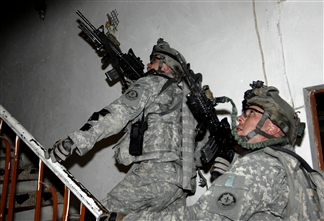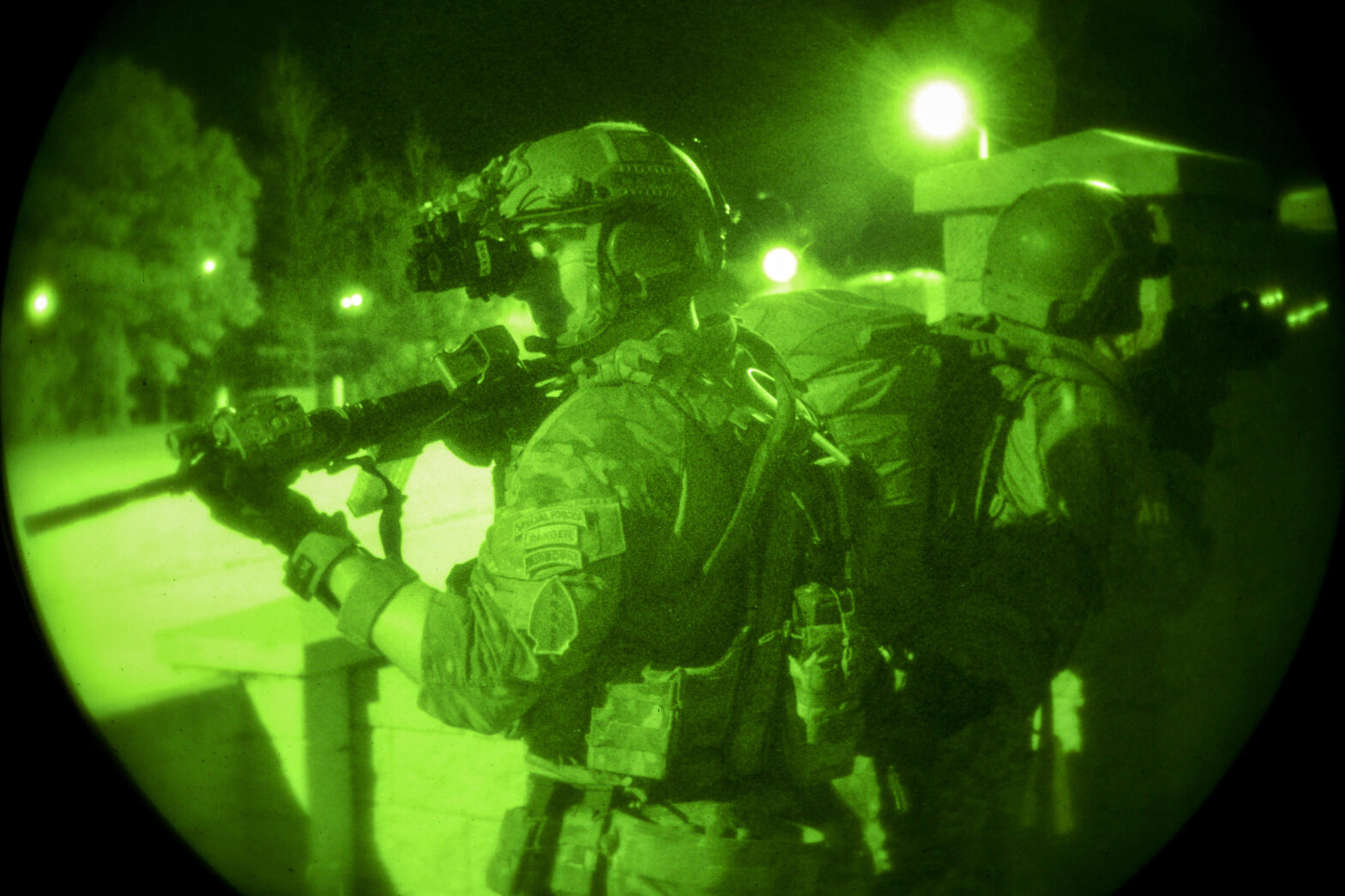Repeated exposures to subconcussive impacts have been shown to reweight sensory processing to increase dependence on the visual system for postural control. [1-2]
Increased visual dependence for postural control is significant, particularly in tactical athletes as they often must perform in highly visually demanding and no/low vision environments.
This visual dependence for postural control typically shows up as either a loss of speed or loss of precision of movement.
When we couple this increased visual dependence with the research that demonstrates impaired visual capabilities with repeated subconcussive exposures [3], we have a problem that demands attention.
Ultimately, incorporating training the sensory systems for performance is a vital piece of the performance puzzle.
While the importance of training these systems stands alone, the verity of repeated subconcussive exposures emphasizes the urgency of training these skills.
To progressively “load” the visual, vestibular, and somatosensory systems I like to incorporate target following and divided focus with a movement pattern that is specific to the individual’s positional demands.
For example, an assaulter who needs to move up a stairwell will need overhead visual scanning for targets. Step ups with overhead target(s) present a functional and specific way to train this and can easily be incorporated into one’s warmups.

We can further “load” the sensory systems adding in head turns and ultimately removing visual cues while maintaining speed and precision of movement.
The visual, vestibular, and somatosensory systems will always be vital to performance. Training to optimize their function is essential.
References:
- Szekely, B., Alphonsa, S., Grimes, K., Munkasy, B., Buckley, T., & Murray, N. G. (2020). Repetitive head impacts affect mediolateral postural sway entropy in the absence of vision following a competitive athletic season: preliminary findings. Journal of Clinical and Translational Research, 5(4), 197.
- Yamaguchi, F., Caccese, J., Santos, F., & Jeka, J. (2019). Repetitive head impact exposure and sensory reweighting for upright stance. Neurology, 93(14 Supplement 1), S6‐S6.
- Hunfalvay, M., Murray, N. P., Creel, W. T., & Carrick, F. R. (2022). Long-Term Effects of Low-Level Blast Exposure and High-Caliber Weapons Use in Military Special Operators. Brain Sci. 2022, 12, 679.
